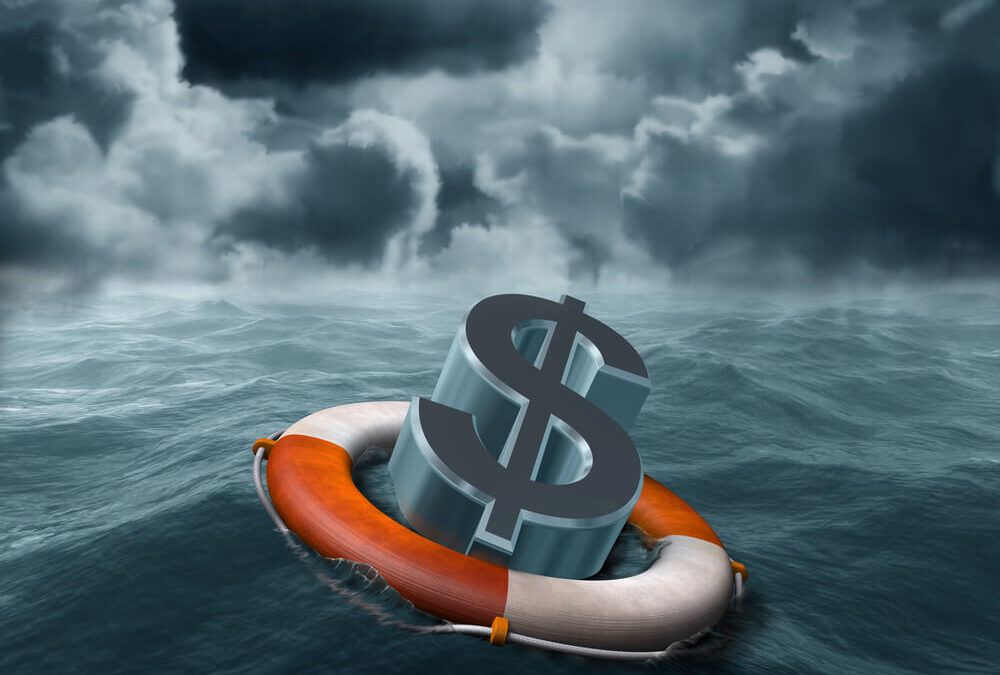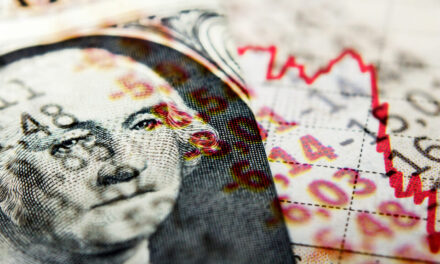A few weeks ago, I wrote an article about how the government could provide a backdoor bailout to banks. That article assumed most of those in government want to avoid an obvious bailout after the catastrophe of 2008.
But while reading the Sunday paper this weekend, I saw that a former Federal Reserve chairman was happy to admit he believes bailouts need to be easier.
I wasn’t surprised that Fed officials want more power. I just wasn’t expecting to hear them say it to our faces.
The Federal Reserve may already be the most powerful group in the world. While the Fed Chairman doesn’t have his finger on the button to launch nuclear weapons, he holds a pen that can pour trillions of dollars into the economy … or drain trillions out.
You may recall that the Constitution assigns the power of the purse to Congress. But without the Fed providing low interest rates or access to cash, the will of Congress doesn’t mean as much as it did before the Fed was created. Nowadays, the Fed can easily thwart the will of Congress with interest rate policy.
Its power also extends beyond our shores. Policy decisions can force other central banks to play “follow the leader” or risk destabilizing their home currencies.
Even with all this power, one Fed expert says the Fed should have more. In fact, he was a dominant player in exercising the Fed’s power about 16 years ago…
Bernanke’s Bailout Bonanza
Ben Bernanke chaired the Fed during the 2008 financial crisis. During that time, he oversaw an alphabet soup of bailouts.
Bernanke saw problems growing in 2007. By the end of that year, he launched the Term Auction Facility (TAF) so that banks wouldn’t have to explain why they needed a loan from the Fed.
That helped U.S. banks. However, foreign banks also had problems. Bernanke handled this with a new program called temporary central bank liquidity swap lines. This program laundered loans to foreign banks through foreign central banks.
As the crisis worsened, the Fed came up with the Term Securities Lending Facility (TSLF) to lend money to large Wall Street firms so they could buy Treasury securities. This allowed the government to borrow more money.
The Primary Dealer Credit Facility (PDCF) was an emergency loan program for brokers. The Asset-Backed Commercial Paper Money Market Mutual Fund Liquidity Facility (AMLF) bailed out money market funds. Another program, the Commercial Paper Funding Facility (CPFF) was a program to bail out large companies.
Somehow, all this wasn’t enough. So the Fed added the Term Asset-Backed Securities Loan Facility (TALF), which allowed the Fed to lend money to any U.S. company that owned securities backed by various types of loans.
This included auto loans, student loans, credit card loans, equipment loans, floor plan loans, insurance premium finance loans, loans guaranteed by the Small Business Administration, residential and commercial mortgages…
These loans were made by the Treasury Department without recourse. That means if the assets lost value, the Treasury ate the loss. (The Fed then created the Troubled Asset Relief Program (TARP) to protect the Treasury against losses.)
TAF, TSLF, PDCF, AMLF, CPFF, TALF, TARP … the acronyms were endless.
In the interview I read on Sunday, Bernanke told The New York Times that he sees the need for even more programs like that.
The newspaper reported:
The Fed is hampered by ‘a structural flaw that was never corrected by Congress, which is that the Fed is restricted on normal grounds to lending only to banks and not to other types of financial institutions.’ The Fed could bail out even more people if that flaw is fixed.
At the top of the list for those benefiting from the bailouts are rich people. Bernanke thinks FDIC deposit insurance “should cover more than $250,000 per account,” perhaps by requiring larger bank depositors “to pay some kind of premium” for the benefit.
There’s an important message here for individual investors — when it comes to financial and economic crises, the Fed has everyone’s back but yours.
A Way to Protect Your Money Before More Banks Fail
So who does have your back? My colleague Adam O’Dell.
He and his team have been working feverishly behind the scenes to warn people that the imminent banking crisis is far from over. In fact, it’s just getting started.
He’s already shared the names of all 282 U.S. banks that are flagged as being on the brink of failure. Adam’s been sounding the alarm so that those still holding these bank stocks can dump them now and avoid getting blindsided when things go south.
Not only is Adam’s research helping individual traders guard their wealth during a crisis, but he’s also sharing a lower-risk strategy for making money as banks face their downfall.
He’s revealed how we can potentially profit as these risky bank stocks plummet by making a simple and little-known “off Wall Street” trade before June 30.
To learn exactly how you can follow his timely strategy to protect and build your wealth, click here.
Until next time,

Mike Carr
Senior Technical Analyst





